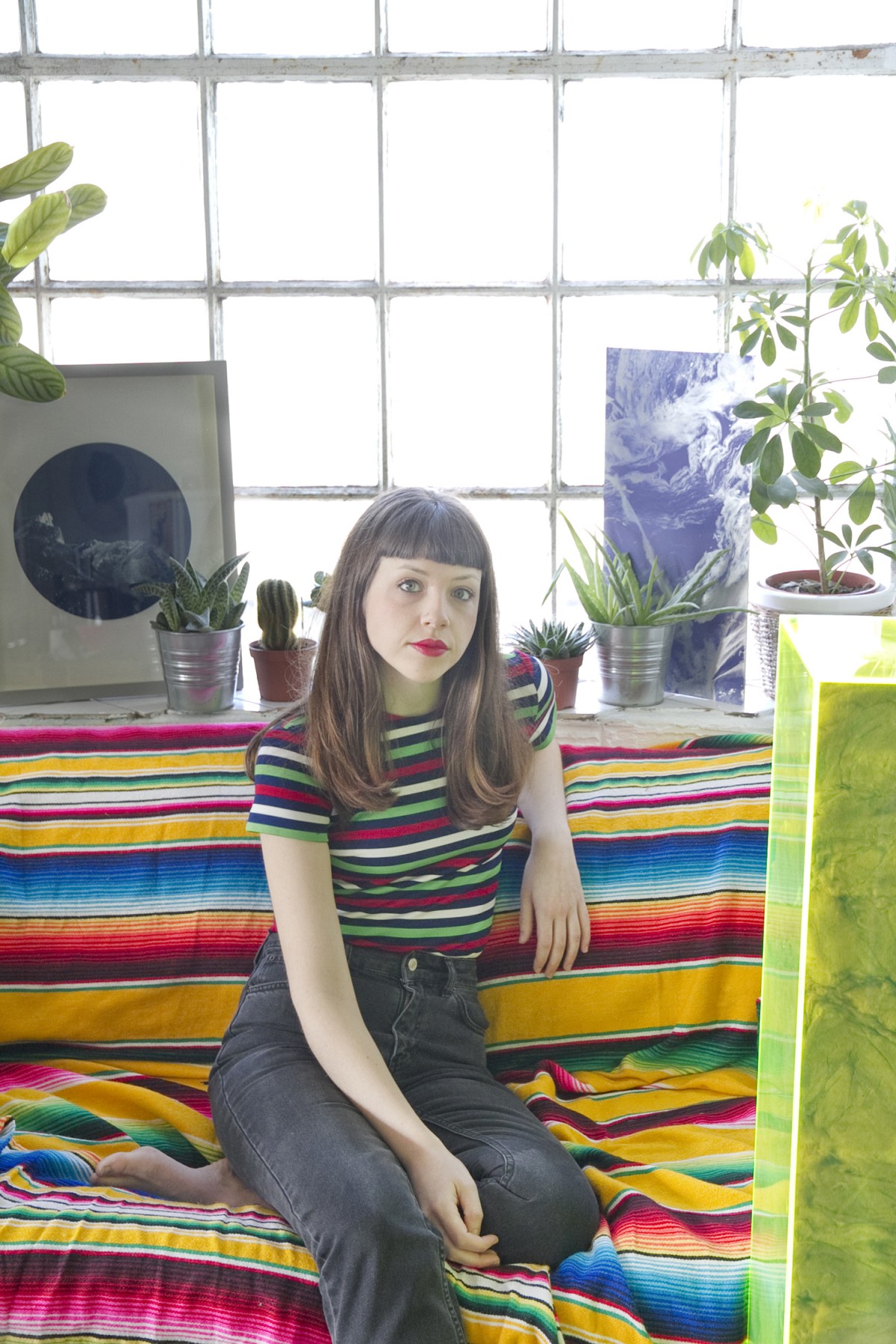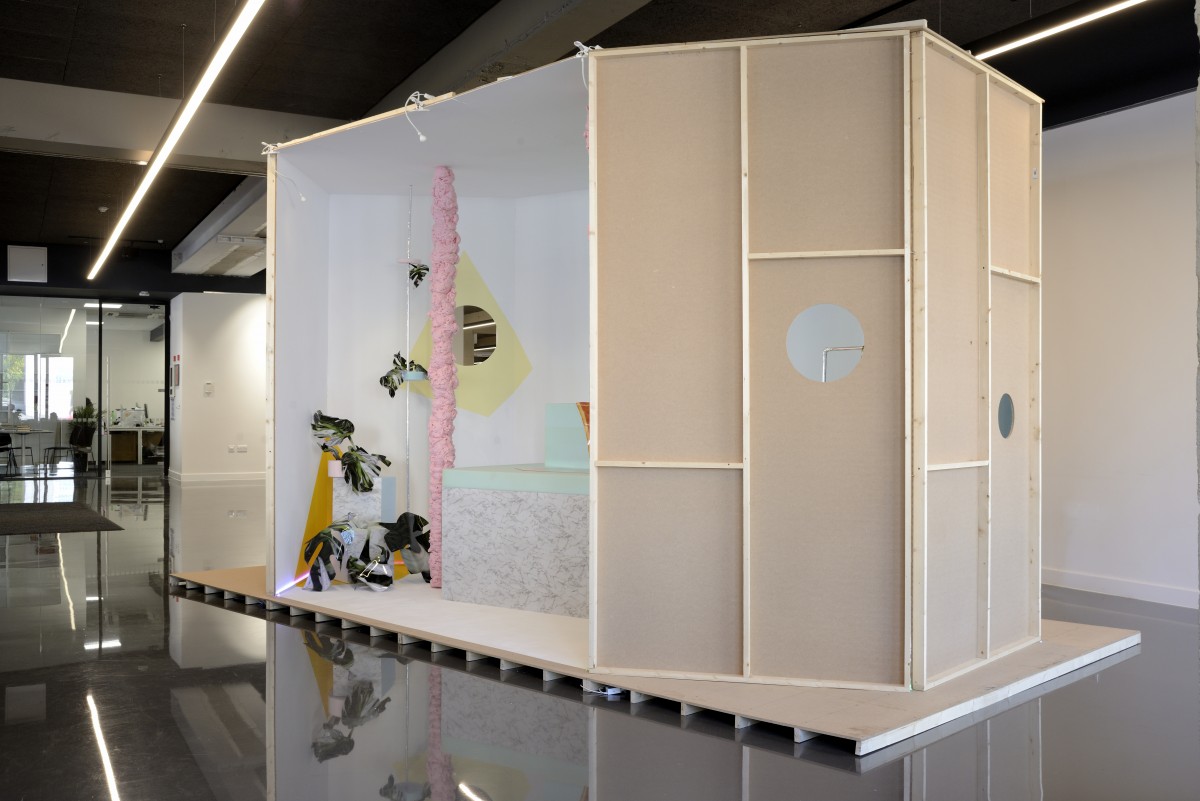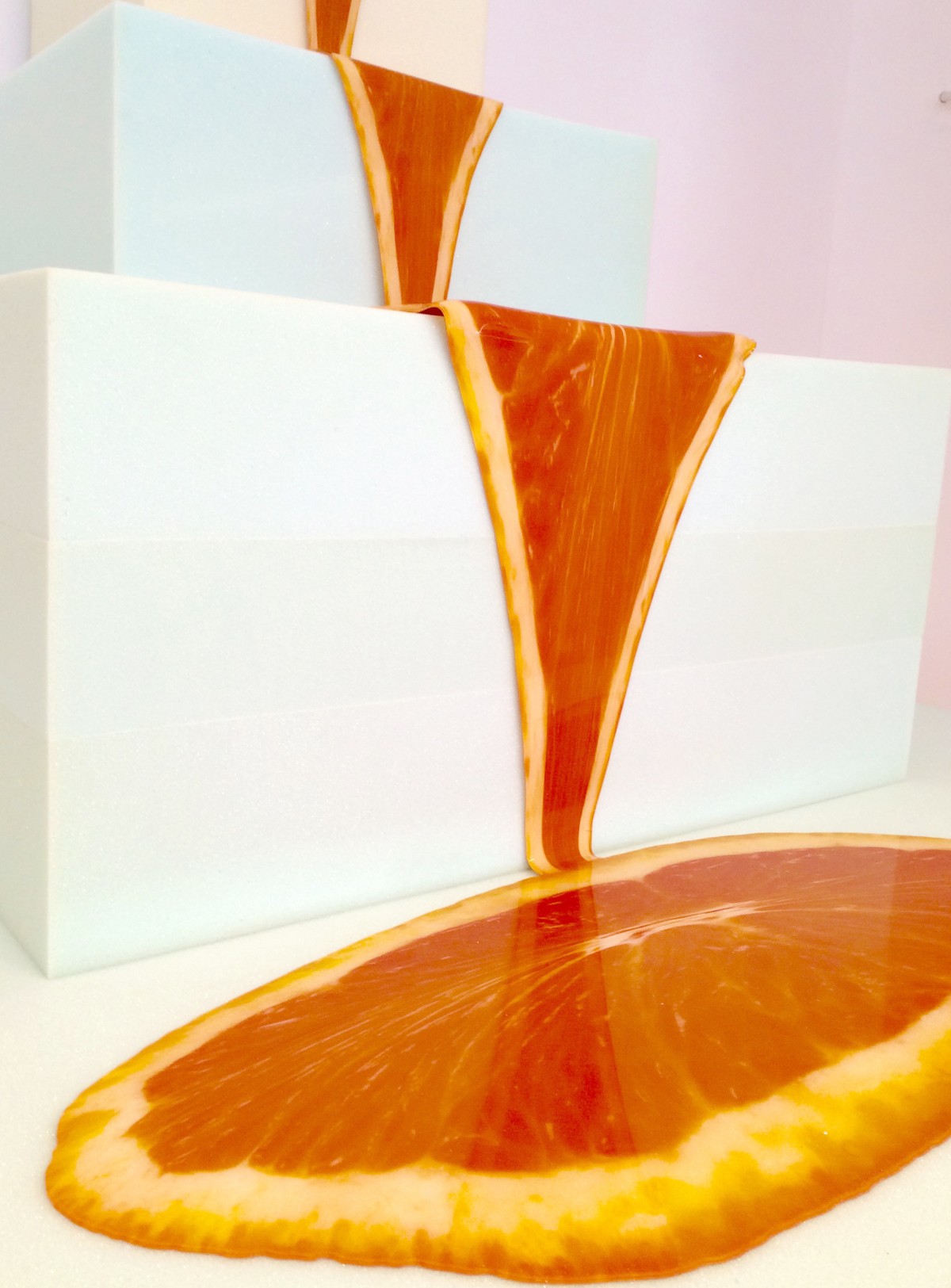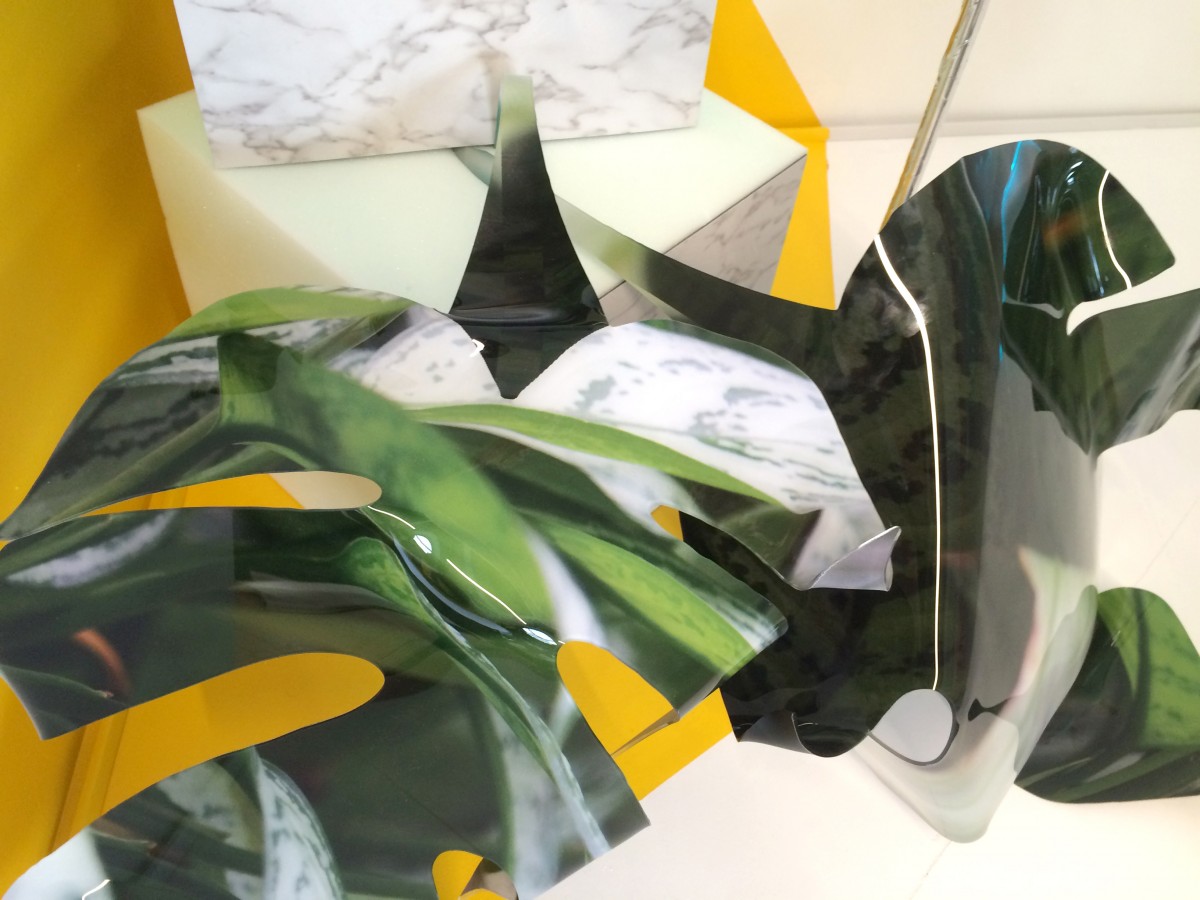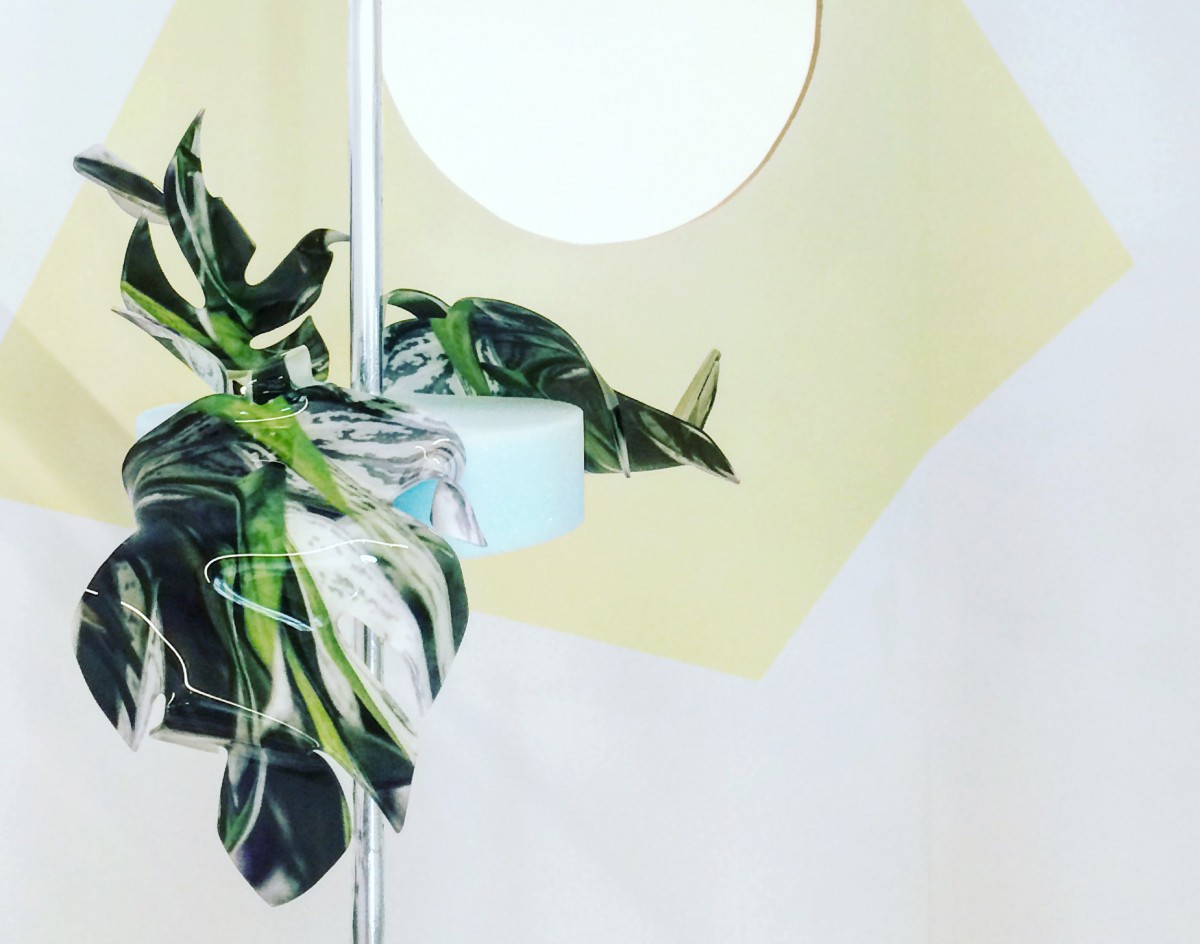As part of our talent development series, we spoke to Felicity Hammond leading up to her performance as part of Offprint London, about balancing her professional life and her career so far.
PW: For anyone who may not be familiar, can you tell us a bit about your background and how you came to photography?
I studied my BA in Fine Art Photography under Richard Billingham and Tony Clancy at the University of Gloucestershire. It was a small, quite intimate course, which encouraged a very broad approach to photography. I chose to study photography in this context as I always felt that I wanted to use photography as an artist, but didn’t necessarily want to be a photographer; I just wanted my work to be rooted within that medium. After completing my BA, I took a year out of education, where I worked on my portfolio, and various education projects. I then decided to take on my MA in Photography at the Royal College of Art.

PW: Your work involves photo sculptures printed onto acrylic which you’re physically molding during installation. Can you talk to us about the physicality of your work and how you came to work like that?
I am very intrigued by the spatial aspects of the digital world, and the way that we might negate the seemingly three-dimensional space of a two-dimensional image. I wanted to find ways of extracting these worlds and bringing them into the physical space. Printing these images onto materials that have a malleability, in a different way to photographic paper, allows me to re-stage these spaces. I find that printing on acrylic gives the image a new sense of freedom somehow, where it can exist in the physical world, as the 3D object it was trying to mimic.
PW: In terms of being able to make the pieces, do you apply for funding to support your practice?
I have been very lucky to have the support of Metro Imaging, who are a photographic printers based in London. I won an award when I completed by MA which gave me the financial freedom to test this new ‘direct to media’ way of printing with them, which has been vital to the development of my work. They have continued to be very supportive in their sponsorship. I have also received financial bursaries and awards, through residencies and commissions, and sometimes sell work, which helps to fund my practice.
PW: You’re a lecturer at Southampton Solent University, how do you find the balance of teaching with your own practice? Do they inform each other?
This also addresses the last question, in that I have had to ensure that I have a career in order to help fund my personal practice. I have found this balance to be an interesting and challenging one. I really enjoy being able to see the progression of my students work, and these conversations keep me thinking about the ever-changing boundaries within photography, and the way in which education really informs creative practices. It is exciting and also quite daunting, to know that you are partly responsible for the way in which young photographers are thinking about the photographic world.
I have actually decided to finish teaching at Southampton Solent at the end of this academic year, in order to undertake a practice-based PhD at Kingston University, where I have received funding to further my material investigations in Photography. I hope this will allow me to continue lecturing with a more refined knowledge of my subject matter, whilst also having the financial support to develop my current project.
PW: You’ve seen some great achievements in your career so far, winning the International Photography Award in association with BJP, being a finalist for the Catlin Art Prize, and selected artist for the HOUSE/Photoworks commission. What advice would you give to photographers hoping to have similar success in getting their work recognised?
I spend many evenings applying for things! You do however have to ensure that you are applying for the right things. There are huge amounts of photographic competitions out there, many of which have a fee. It is therefore important to spend your money and time on those that could have an impact on your career. I think a good way of approaching it is looking at your favorite practitioners’ CVs, and thinking about the lineage they have followed in order to get to where they are now. Look at some of the competitions and awards they have had, and apply for the same ones. Once you have been recognized in a couple of competitions, and undertaken some residencies and commissions, people are more likely to approach you. It is a good way of getting your work seen by the right audience.
PW: Since graduating from your MA in 2014, you’ve been somewhat prolific in making work. Many photographers find it difficult to produce work after leaving education, no longer having the structure and support provided by University. What advice would you give to anyone currently making that leap into professional practice?
I have kept in contact with friends and peers that I studied with, and until recently was living and sharing a studio with another RCA graduate. The continuing conversation really helps. I actually have found making work outside of formal education very liberating, where somehow I don’t feel as worried about taking risks.
I would also consider thinking about getting a job where you might have access to photographic equipment. One reason that people often stop making work when they finish is their lack of access. Working in an environment such as education or a photography studio where there is both equipment and knowledge can really help to drive you to continue making. I still hardly own any equipment myself!
PW: Finally, is there anything you know now, that you wish you’d known when you graduated?
I think that everyone puts a huge amount of pressure on their degree show. Of course it is important, but it isn’t and shouldn’t be your retrospective. This sort of pressure can actually be quite detrimental to the way in which you might approach your work post-university. For me, it felt like it had to ‘sum up’ two years of work, whereas actually I should have seen it as the beginning of a project, not the end.
For more on Felicity’s work, click here.
To learn more about Felicity’s HOUSE/Photoworks commission, click here.
